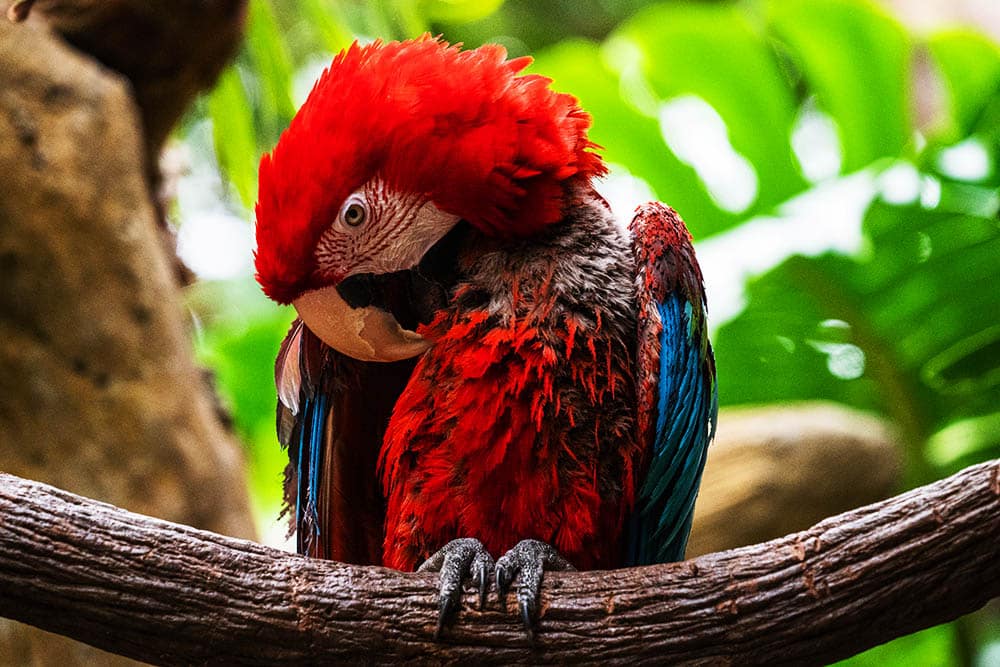The Threat of Animal Epidemics is Real and Demands Urgent Attention
Ever since humanity became capable of domesticating animals, the risk of contagious diseases spreading from them has been a prevalent concern. Animal epidemics can wreak havoc on both animal and human populations and have caused catastrophic harm throughout history. From 2003’s avian flu to 2014’s Ebola outbreak, it becomes clear that the potential for infectious diseases to heavily impact people’s health and livelihoods cannot be underestimated.
Amid the ongoing COVID-19 pandemic, the threat of animal epidemics is more pressing than ever. Experts warn that densely populated livestock farms, wildlife trade, and poaching are some of the primary factors contributing to the spread of animal diseases. This is a danger that deserves urgent attention, both from policymakers and the public.
The Risks of Animal Epidemics
The World Health Organization (WHO) estimates that approximately 60% of all human infectious diseases originated from animals, with the majority of these infections being zoonotic—the technical term for diseases that spread from animals to humans. Examples include Ebola, MERS, SARS, and most recently, COVID-19. Furthermore, many of these diseases can be lethal, with mortality rates ranging from a few percent to over 90%.
Apart from health risks, animal epidemics can have significant economic consequences – including the loss of livestock, trade restrictions, and shortages in food supplies. In 2001, for example, an outbreak of foot-and-mouth disease in the United Kingdom led to the culling of six million cattle and sheep, costing the country an estimated $16 billion. Prevention is always more cost-effective than having to manage a widespread epidemic once it occurs.
Understanding the Causes of Animal Epidemics
There are several root causes of animal epidemics, many of which were identified long before COVID-19. The increasing demand for animal products, especially in Asia, has led to overcrowded factory farms, where the risk of disease transmission is high. Climate change can also exacerbate epidemics through new vectors, such as mosquitos that may spread the West Nile Virus, which was once exclusively found in Africa. In addition, unrestricted wildlife trade and the encroachment of humans into wild habitats can also contribute to the rise of zoonotic diseases.
In recent years, the wildlife trade has taken centre stage as an emerging threat. This is due to the escalating global demand for exotic pets and animal products, which encourages poaching and animal trafficking. Illegal animal markets provide an ideal environment for viruses and bacteria to spread rapidly among animals and jump to humans. The 2003 SARS outbreak is thought to have originated in the trade of civet cats, which are considered a delicacy in some parts of China. Similarly, COVID-19 is believed to have begun in a wet market in Wuhan, where live and dead animals were being sold.
Taking Urgent Action to Prevent Animal Epidemics
To prevent animal epidemics, every one of us plays an essential role. The agricultural industry must adopt animal welfare practices that reduce the concentration of animals in farms and prevent the spread of diseases. Governments should invest in robust systems that can monitor and surveil infectious disease outbreaks, including measures such as early detection and containment at the community level. General improvements in public health infrastructure, such as access to clean water and sanitation, can also help to limit infectious disease outbreaks.
Another critical intervention is to reduce the illegal wildlife trade through better law enforcement, increased public awareness, and education campaigns. The responsibility lies with both countries that import illegal wildlife products and the nations where the trade originates from. Wildlife trafficking is a complex issue, and actions must be taken at every point in the trade chain, starting from poaching to transport and consumer demand.
Finally, one of the most important things individuals can do is to educate themselves and become more aware of how their actions may be contributing to animal epidemics. Maintaining good hygiene practices and avoiding foods sourced from illegal or unregulated markets can help to minimize the transmission of infectious diseases.
The Need for Stronger International Collaboration
Another critical step in preventing animal epidemics is through global cooperation and collaboration. Governments and international organizations must work together to identify, prevent and control the spread of diseases that jump from animals to humans. The world needs a concerted effort to improve the sharing of information and expertise, as well as financial and technological resources, to reduce the risk of future epidemics.
In 2018, the World Organisation for Animal Health launched the Global Framework for the Progressive Control of Transboundary Animal Diseases (GF-TADs) to “accelerate the control of transboundary animal diseases through building capacity of countries and regional economic communities and improving their systems for early detection, prevention and monitoring of animal diseases through efficient communication networks.”
The GF-TADs is an excellent example of a collaborative approach to prevent animal epidemics. However, it needs the buy-in of countries worldwide to make it work, and they must support the initiative with the necessary resources.
Conclusion
The looming threat of animal epidemics is real and demands urgent attention. It is necessary to take a holistic approach to protect our future health and the economy, preventing epidemics before they occur or at least manageable when they do. To achieve this, there must be a commitment from all stakeholders, including individuals, private enterprises, governments, international organizations and communities at large. Together, we can prevent and contain the spread of animal diseases, protecting animal welfare, human health, and our economies in the process.
- Urgent action needed: The looming threat of animal epidemics demands attention - 28 de abril de 2023
- Why Nocturnal Animals Are the Most Fascinating Creatures on Earth – Discover the Secrets of the Night! - 28 de abril de 2023
- Adopt, Don’t Shop: Why Animal Adoption is the Best Decision You’ll Ever Make - 28 de abril de 2023
